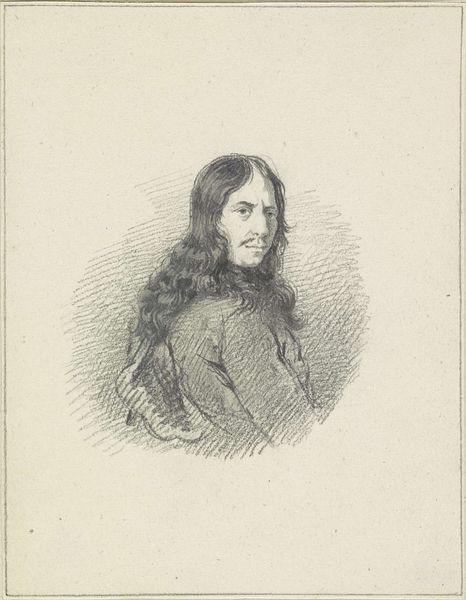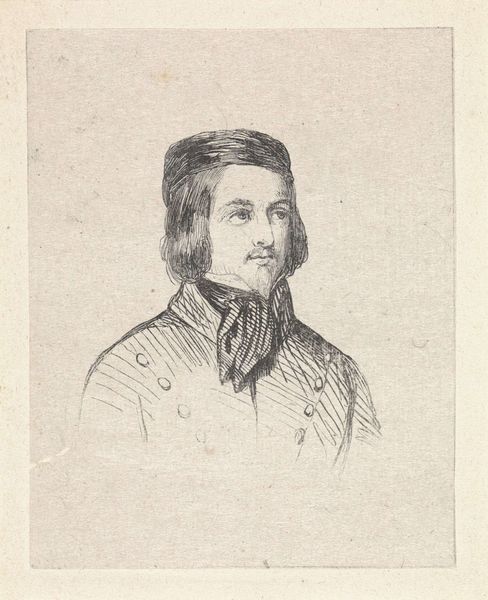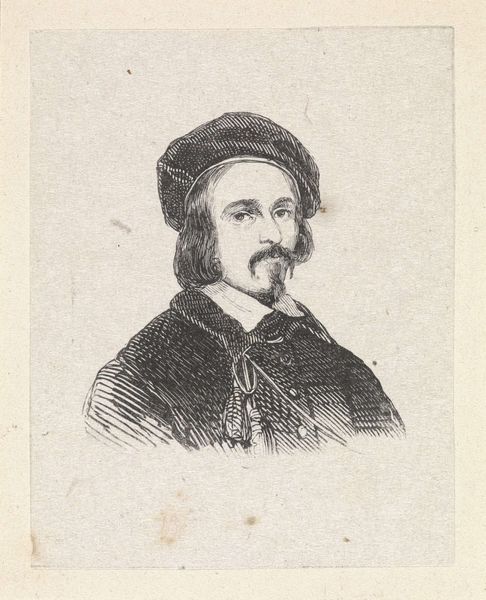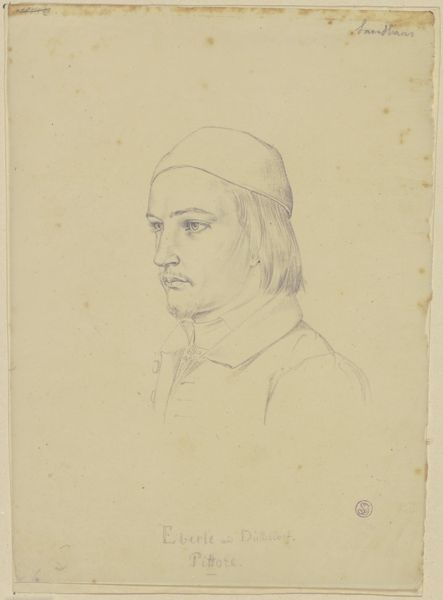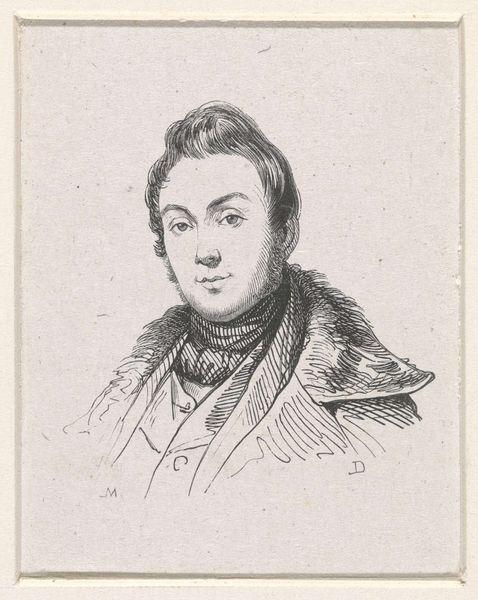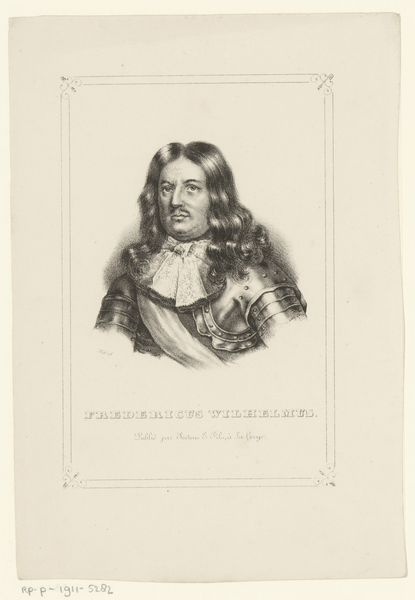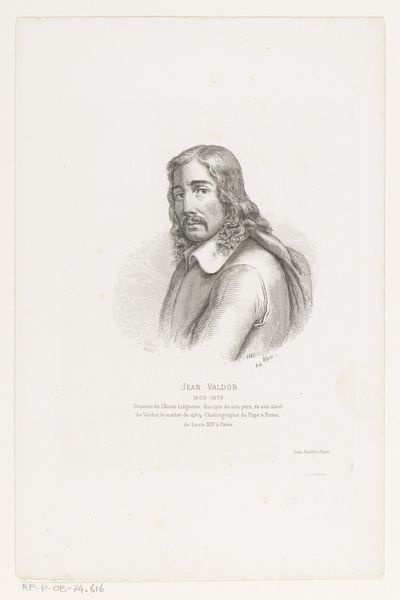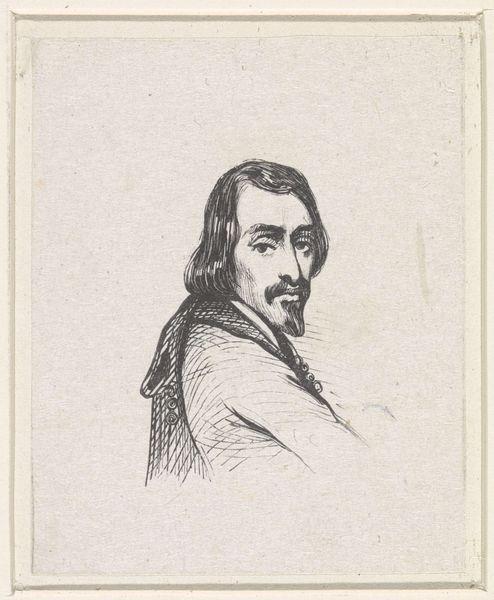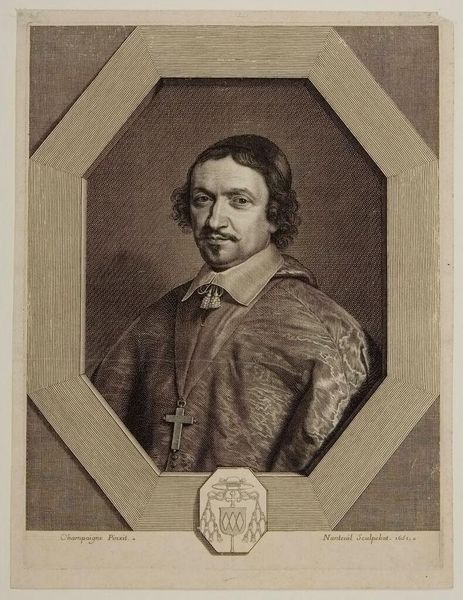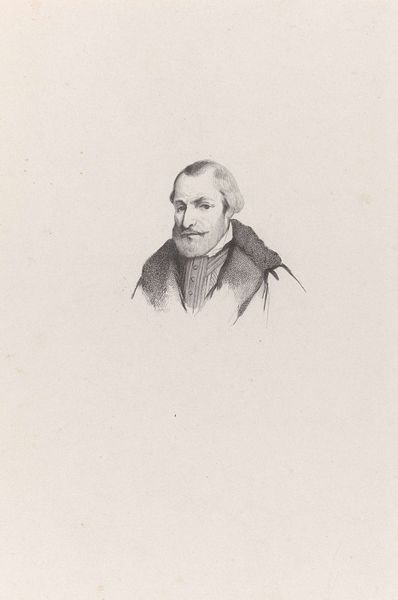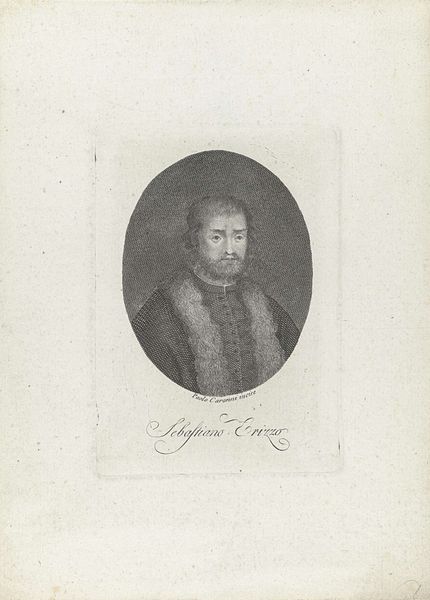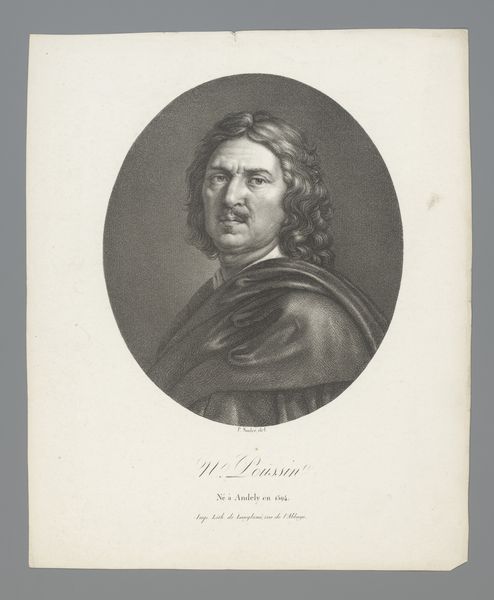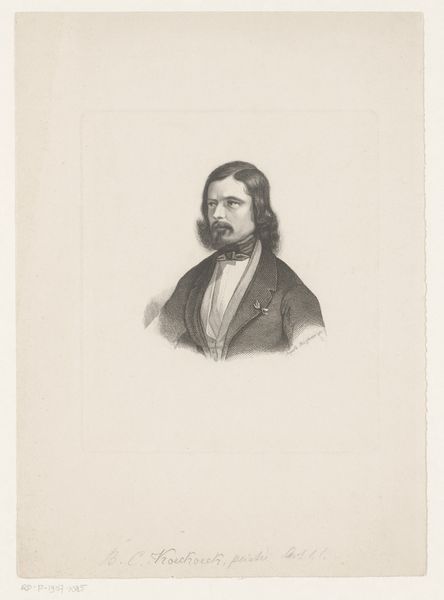
drawing, pencil
#
portrait
#
pencil drawn
#
drawing
#
figuration
#
pencil drawing
#
romanticism
#
pencil
#
portrait drawing
#
realism
Dimensions: height 112 mm, width 87 mm
Copyright: Rijks Museum: Open Domain
Editor: Here we have "Portrait of Aloysius Geefs," a pencil drawing from 1841. There's something so immediate and personal about a pencil drawing, it feels very intimate. What can you tell us about it? Curator: Focusing on the material realities, the humble pencil and paper become the stage for exploring social status and representation. Consider the accessibility of these materials versus the grand oil portraits of the elite. Why choose pencil for a portrait in 1841? What does this imply about the sitter, the artist's intent, or even the patronage system? Editor: That's a great point, I hadn’t considered that! I was more drawn to the kind of…romantic look in his eyes. The pencilwork is so soft, creating a certain mood. Curator: Indeed, the softness of the medium certainly contributes to the romantic aesthetic. However, the "softness" is directly tied to the graphite’s density and the artist’s pressure. Examining these decisions as deliberate choices – reflecting cost, time and access – we can infer its socio-economic position. It's fascinating to consider how material choices inform our reading of the portrait. What labor was involved in creating that paper? Editor: I see what you mean. It really puts a new perspective on the artist's intentions and the subject’s position. It moves it beyond just a "pretty drawing," to an exploration of production. Curator: Precisely. Considering material realities can transform our understanding of art history and how different hands, tools, and labor have contributed to produce our cultural visual expressions. Editor: Well, now I'm off to the art store to really *look* at the pencils! Thanks so much. Curator: My pleasure! Materiality reveals unseen social fabrics and forgotten history.
Comments
No comments
Be the first to comment and join the conversation on the ultimate creative platform.
